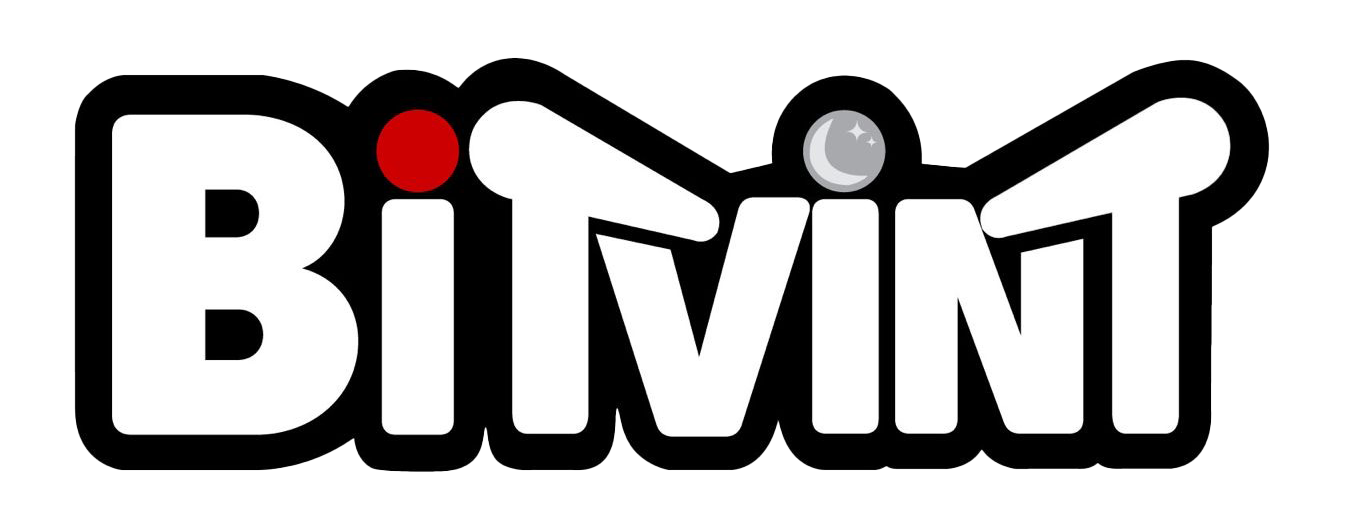Introduction
Released in 1997, Vampire Savior: The Lord of Vampire is the third main entry in Capcom’s Darkstalkers series. Known for its gothic horror theme and fast-paced fighting mechanics, it introduced new characters, refined gameplay, and a unique damage system that set it apart from other arcade fighters of its era. It was celebrated for pushing the CPS-2 hardware to showcase some of the most fluid 2D animation ever created.

Development and History
- Developer: Capcom
- Publisher: Capcom
- Release Date: 1997
- Hardware: CP System II (CPS-2)
Following Night Warriors: Darkstalkers’ Revenge, Capcom sought to create a faster, more aggressive fighting game. The development team retained the series’ distinctive 2D animation style but added a new health recovery system and removed traditional round-based play. Vampire Savior debuted in Japanese arcades and later appeared internationally as Darkstalkers 3. Capcom also experimented with variations in the character roster across regional releases and console ports.

Gameplay Video
Gameplay and Mechanics
The game features 15 playable characters, including returning favorites and new fighters like Jedah, Lilith, and Q-Bee.
Key gameplay elements:
- Damage Gauge System: Players have a single life bar with partial health recovery after losing a life segment
- Dark Force Moves: Unique power-up abilities for each character
- Chain Combos: Fast attacks that can be strung together
- ES Specials: Enhanced super moves that consume the super meter
- No Rounds: Continuous fighting instead of resetting after each KO
These mechanics created an intense, non-stop flow that demanded constant adaptation and rewarded mastery of each character’s style.

Cultural Impact and Legacy
- Praised for its animation quality and creative character designs
- Helped solidify Darkstalkers as a cult favorite fighting franchise
- Ported to Sega Saturn, PlayStation, Dreamcast, and later collections
- Influenced Capcom’s approach to later games like Marvel vs. Capcom
- Continued to inspire fan communities, cosplay, and competitive tournaments

Fun Facts
- Jedah, the main antagonist, debuted as one of Capcom’s most striking villain designs
- Some characters have hidden transformations when using Dark Force moves
- The game’s music blended gothic themes with electronic beats
- Vampire Savior’s sprite work is often cited among the best in 2D fighters
- The arcade cabinet art prominently featured Morrigan and Jedah as central figures

Conclusion
Vampire Savior: The Lord of Vampire refined Darkstalkers into a faster, more technical experience without losing its gothic charm. Its innovations influenced many other Capcom fighters and helped define the series as a visual and mechanical standout. Today, it remains a highlight of Capcom’s 2D fighting legacy and a beloved title for fans of classic arcade competition.

